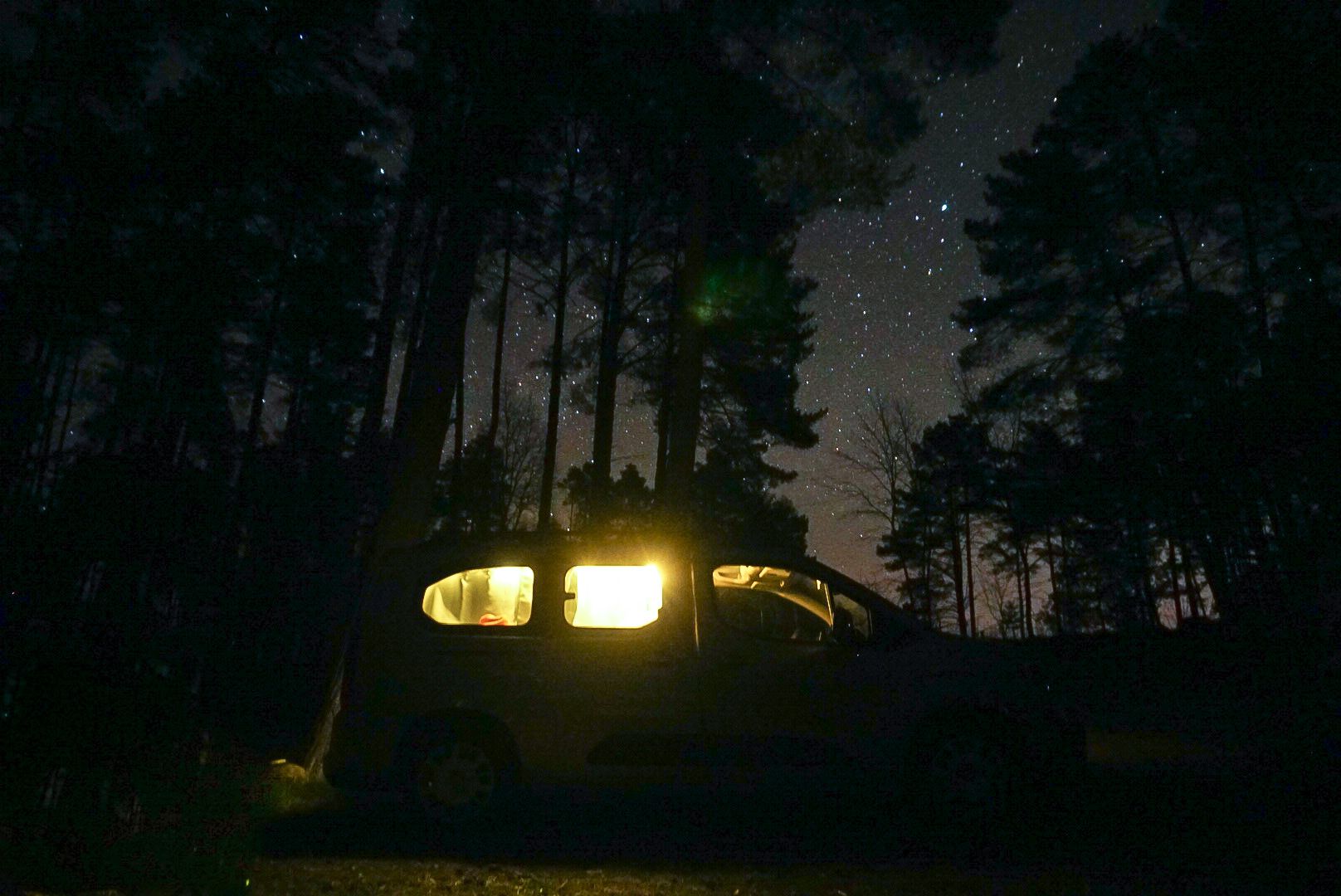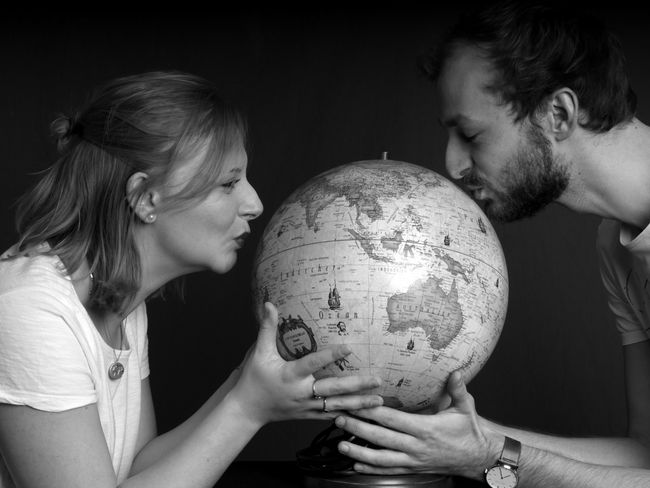South Africa! Our start in Jo'burg
ຈັດພີມມາ: 28.02.2023
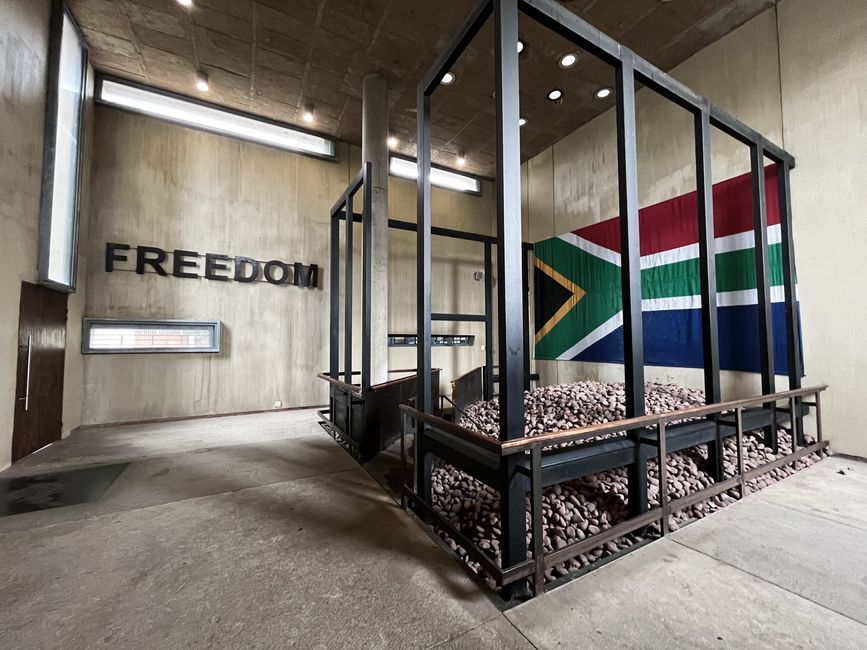
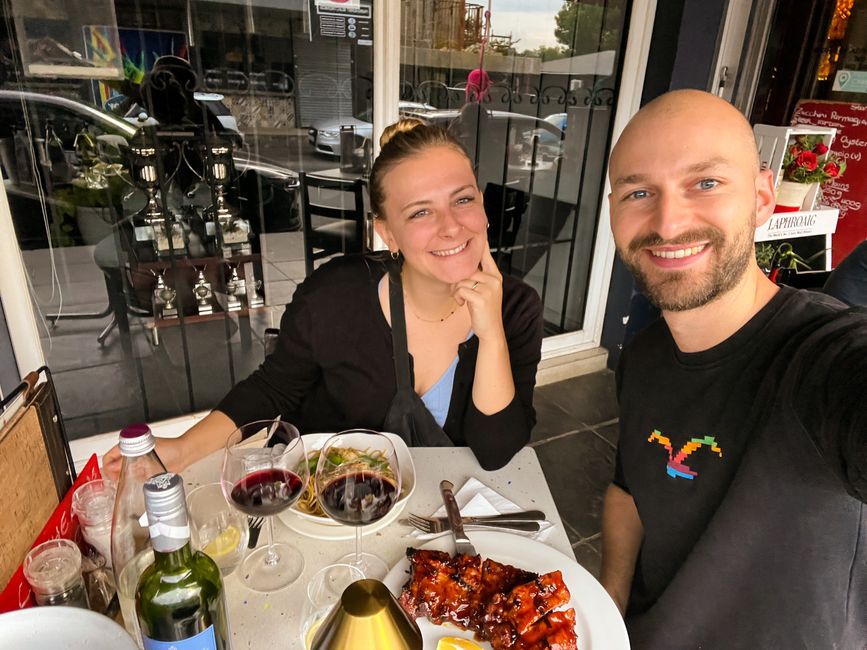
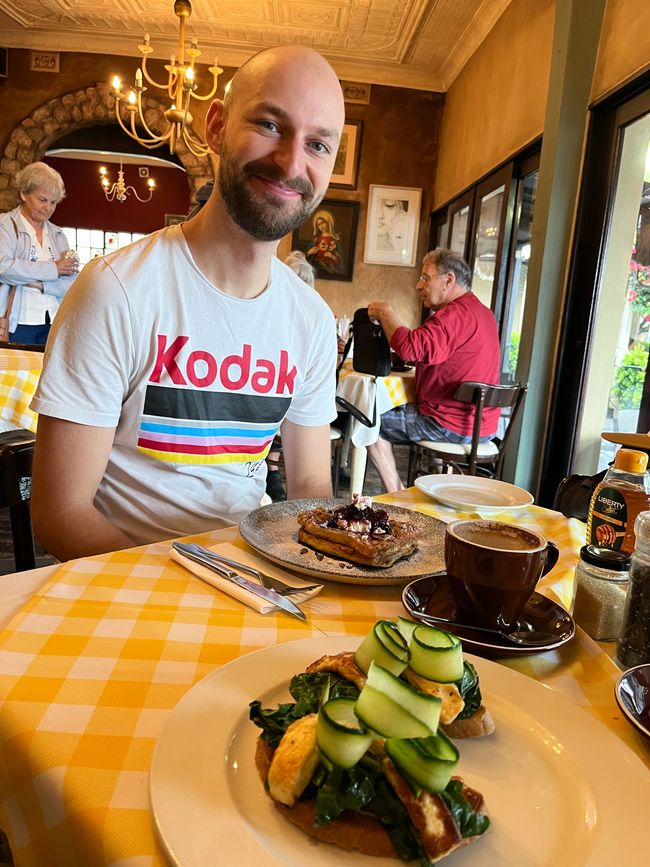
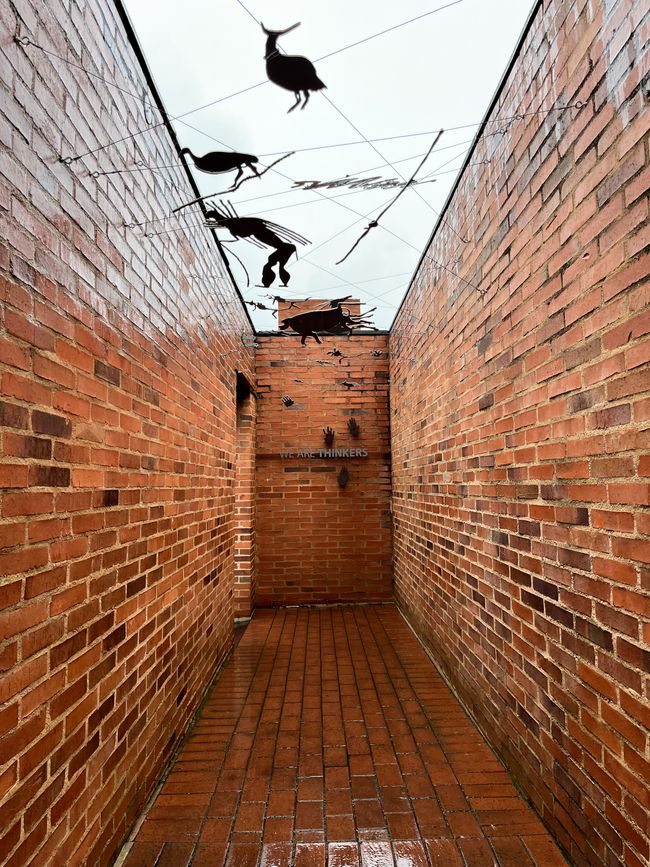
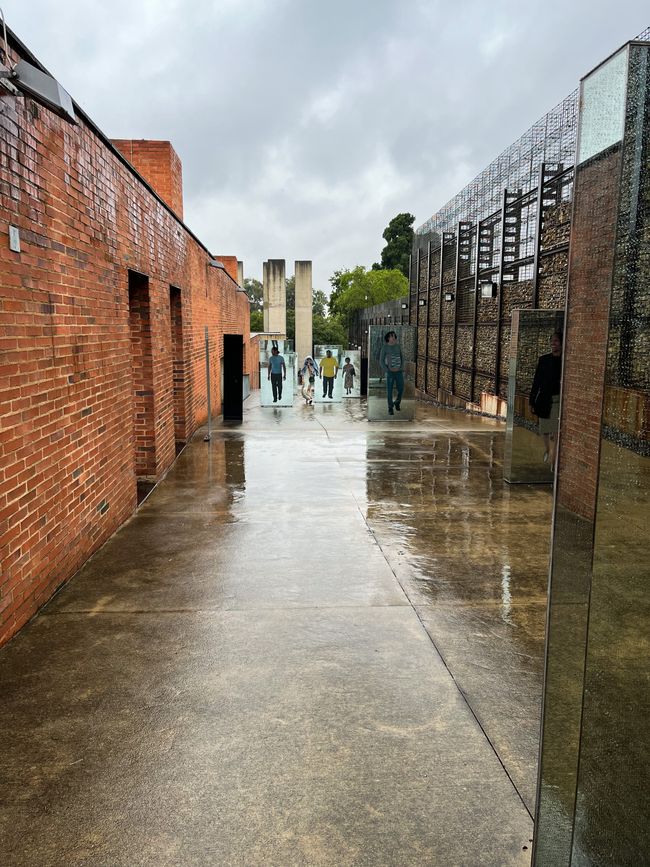
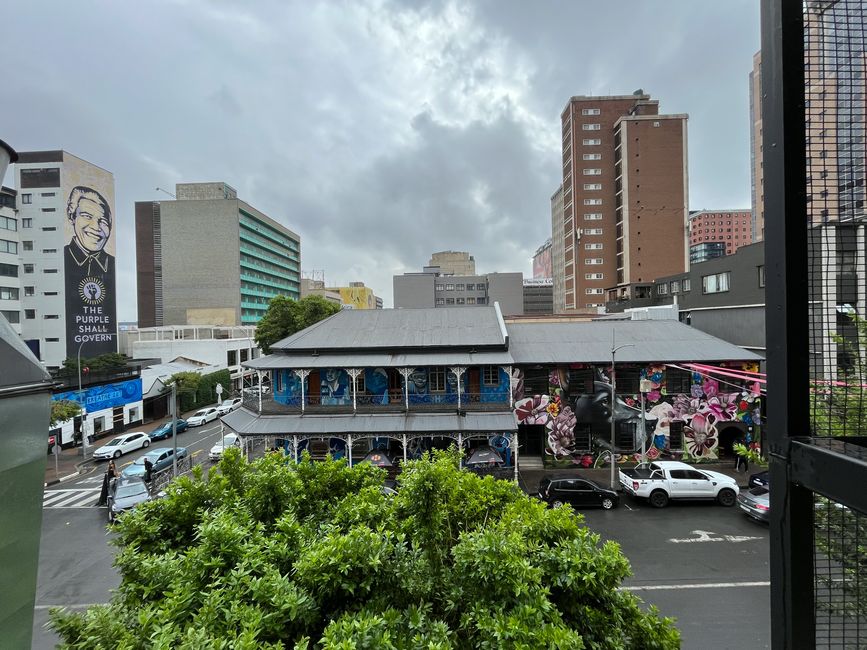
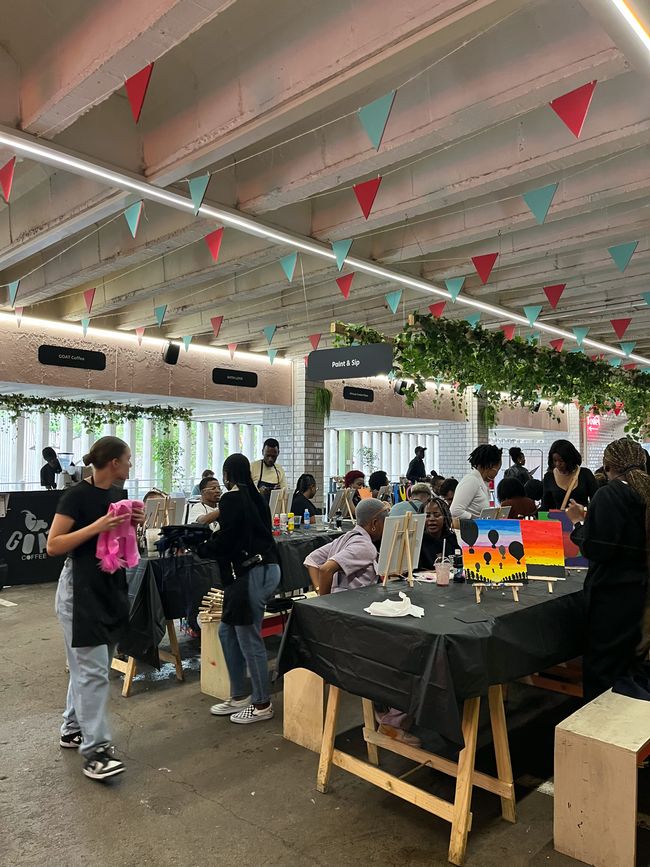
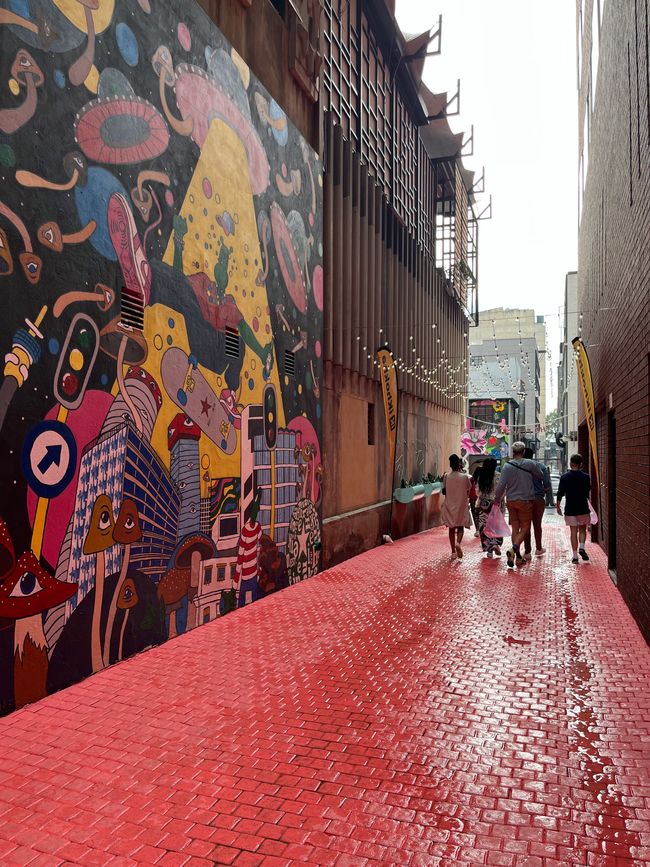
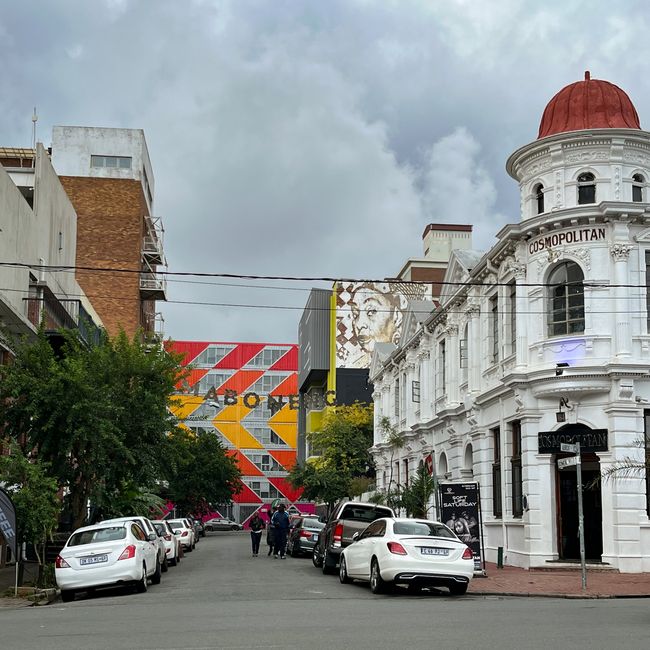
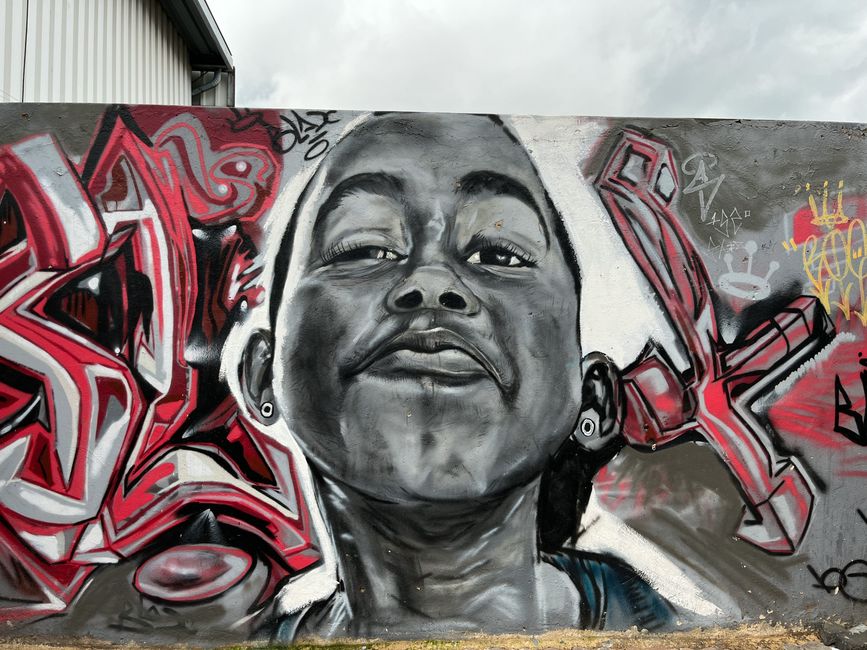
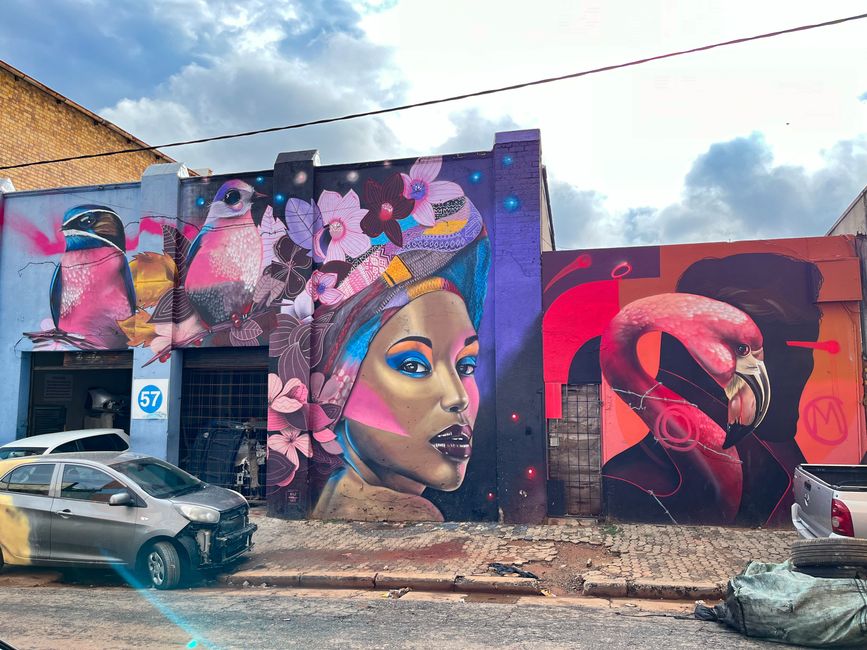
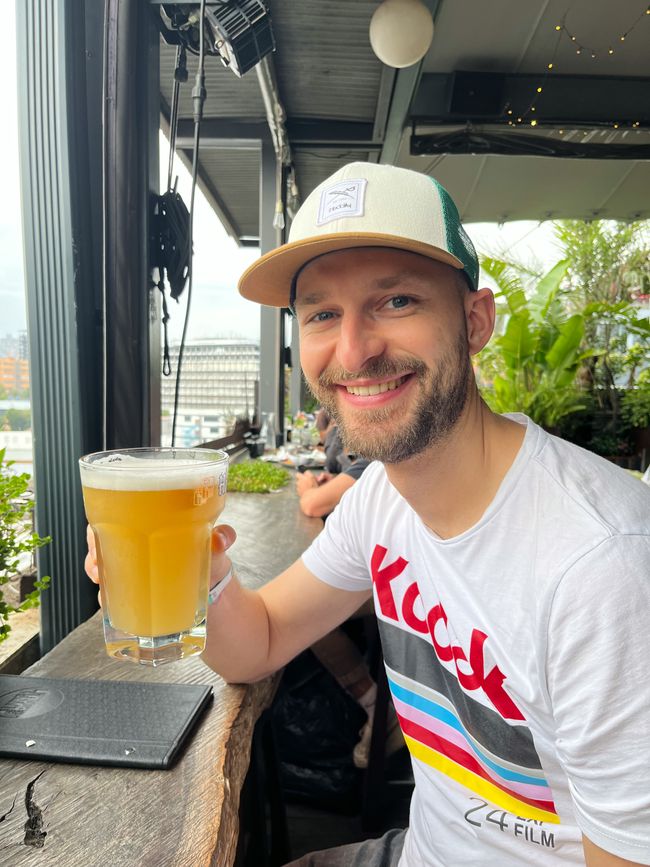
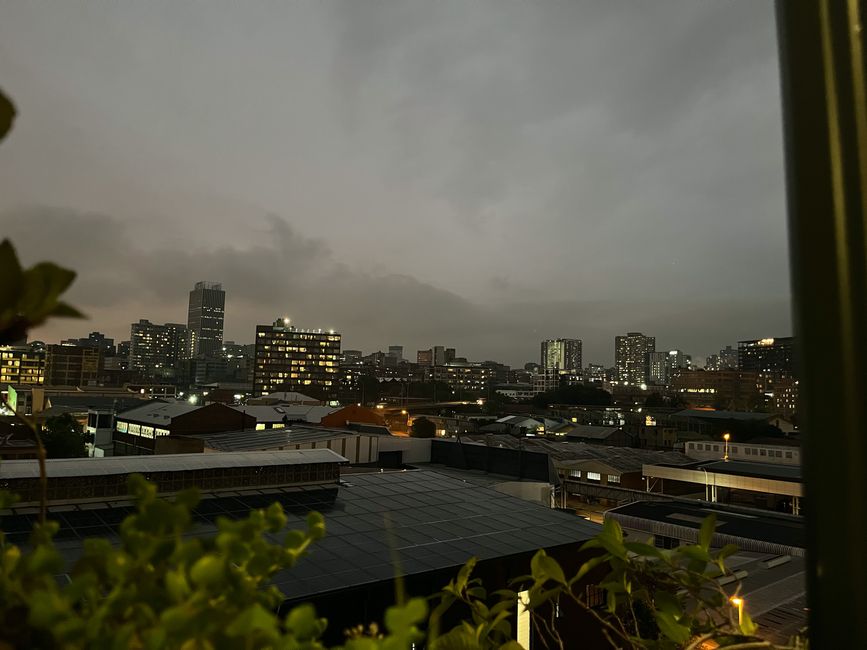
ຈອງຈົດຫມາຍຂ່າວ
It is the 17th of February 2023 and we have landed in Johannesburg after a total of about 17 hours. For us, it was a journey from Berlin to London with a 5-hour layover to South Africa. We can't wait to see what this country has in store for us!
After picking up our small rental car from O.R. Tambo Airport and happily discovering that it is automatic, we venture out into the adventurous left-hand traffic of one of the largest cities in South Africa. It surprisingly goes well, and after 45 minutes, we arrive at our nice accommodation in the Melville district. Now we need to catch up on some sleep. When we wake up, the day is almost over.
We walk to the nearby supermarket, which has a fantastic selection, and stock up on some snacks, fruit, and drinks. Back at our accommodation, we have a little chat with the lady at the reception who gives us some tips for Johannesburg. As it is getting dark soon, she advises us to only travel by taxi as it can be dangerous otherwise. We make a plan for tomorrow and then follow a restaurant recommendation on 4th Street.

Arriving there, we stroll along the street and pass by many great shops, cafes, bars, and restaurants. Unfortunately, most of the shops are already closed (which seems to be the case in South Africa around 4 pm). Eventually, we end up in a fantastic wine bar with a fine selection of fresh dishes. With a bottle of South African red wine, spare ribs, and pasta with fresh calamari, we enjoy ourselves and toast to the last big trip before the seriousness of work begins again...
Fully rested, we head to the nearby Pico Bella for breakfast the next morning (highly recommended!). In general, it can be said that most accommodations here do not offer breakfast and everything is very much self-catering - but there is almost always a kitchen, barbecue, etc. available.

We take a taxi to the Apartheid Museum, where we want to start today's tour to learn more about an important part of South Africa's history. Taking photos is not allowed in the museum, but even the architecture alone impresses us. At the entrance, you receive a ticket for 150 Rand (approx. €12.50) which randomly assigns you to the categories "white" and "non-white". Depending on your "skin color" on the ticket, you enter the museum through different corridors. During the Apartheid era, everyone was assigned to a group with a pass, either white, black, colored, or Asian. In some cases, entire families were separated because the different groups were not allowed to mix. Not to mention the many other absurd laws imposed by the white government at that time.

The museum is incredibly huge and overwhelms us with its many pictures, videos, texts, and sounds. We make the mistake of going to the right first, where we can see the development of Johannesburg (also called Jo'burg or Jozi) during the gold rush era, the British and Dutch colonization of South Africa, and an exhibition about the life of Nelson Mandela. We don't know where to look first. After finding our way around and visiting the first parts, almost 2 hours have already passed. We turn to the left and understand that we should have started there as it immediately focuses on apartheid. The design of the exhibition is varied and interesting, but we are not able to read everything. Apartheid leaves us stunned, and we still wonder how it could have happened. So many people were oppressed during this time, wrongly convicted, or died. Hopefully, it will never happen again...
After about 3.5 hours, we say goodbye to the museum. Time has passed way too quickly once again, and the other sights will be closing soon. So we decide to go to the Neighborgoods Market, which we have heard a lot of good things about. When we arrive there by taxi, we realize that the market building no longer exists. Opposite, under new ownership and a new name, "The Playground" has opened, which is supposed to be the same concept. We each pay €1 admission and find ourselves in a converted old parking garage with many food stalls, a bar, a DJ, small art stands, and the opportunity to get creative with painting. The atmosphere is relaxed, and there are many young people here. However, as soon as you walk a street further, it doesn't feel as safe anymore...
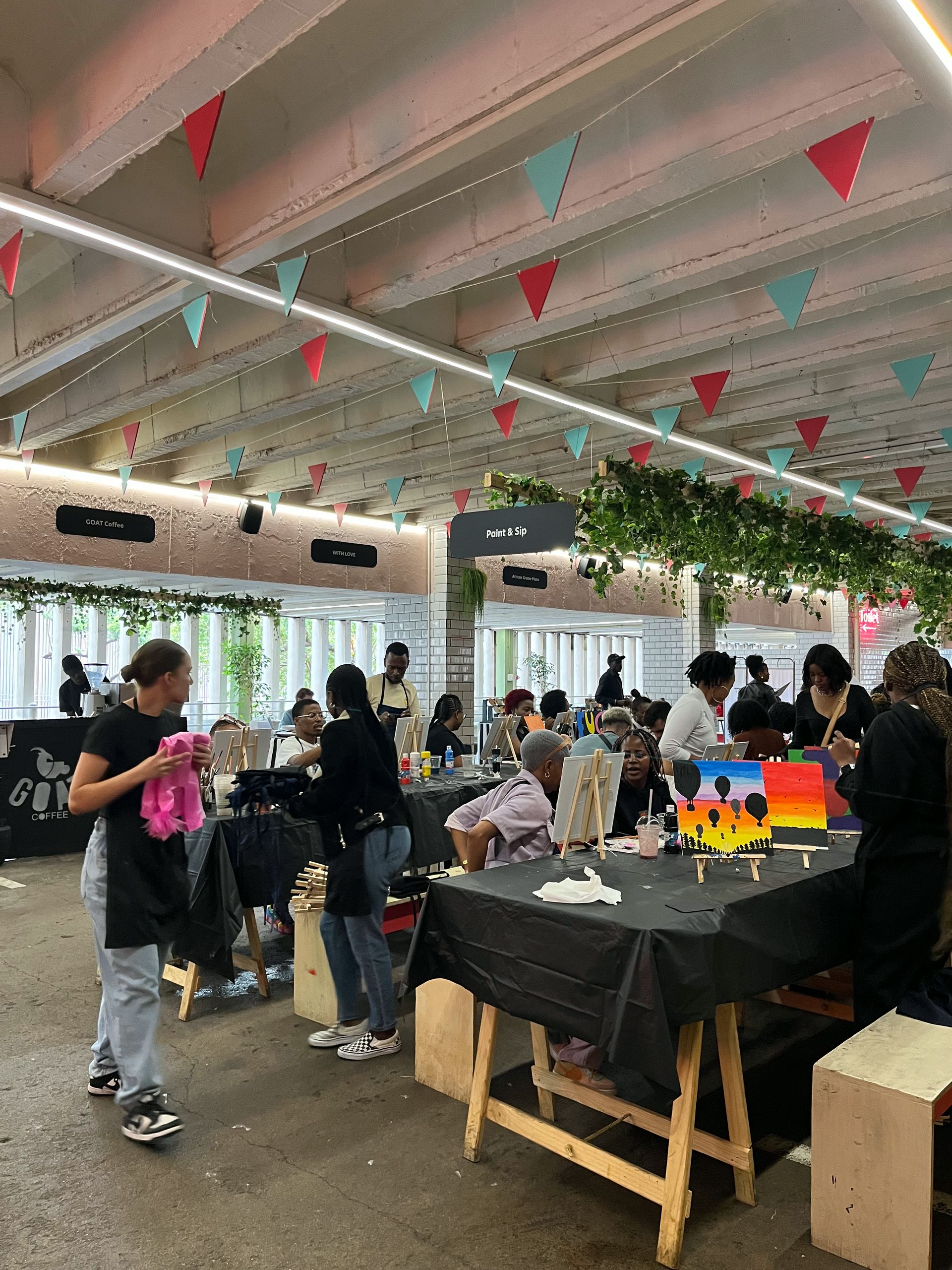
We decide to take a taxi directly to the trendy neighborhood of Maboneng and explore the area. There are several cool restaurants and bars and a few shops. It's bustling, but everything looks somewhat shady and dark... then it dawns on us: it's load shedding again, and there's no electricity. This happens in South Africa up to 5 times a day. For years, there has been a problem of not having enough electricity for the country, so it shouldn't come as a surprise to hear loud generators buzzing on every corner. Each city and neighborhood has about 2 hours of continuous power outage at certain times because the electricity is redistributed. The locals here seem to have long been accustomed to it, and it doesn't bother us much either (although it might be a good idea to always have a fully charged power bank with you).

We end up at the very cool rooftop bar "Living Room" with a view over Johannesburg and chat over a beer about life until it's time to eat something. With a great DJ playing here, we decide to stay and watch the sunset with a delicious burger in hand.
Then we take a taxi home because tomorrow we have a long day ahead with many kilometers to drive... We're heading to the fantastic Drakensberg Mountains!
ຈອງຈົດຫມາຍຂ່າວ
ຄໍາຕອບ
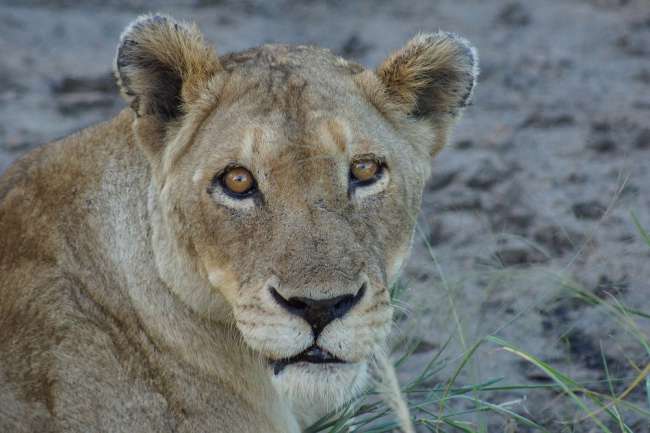
ລາຍງານການເດີນທາງ ອາຟຣິກາໃຕ້
